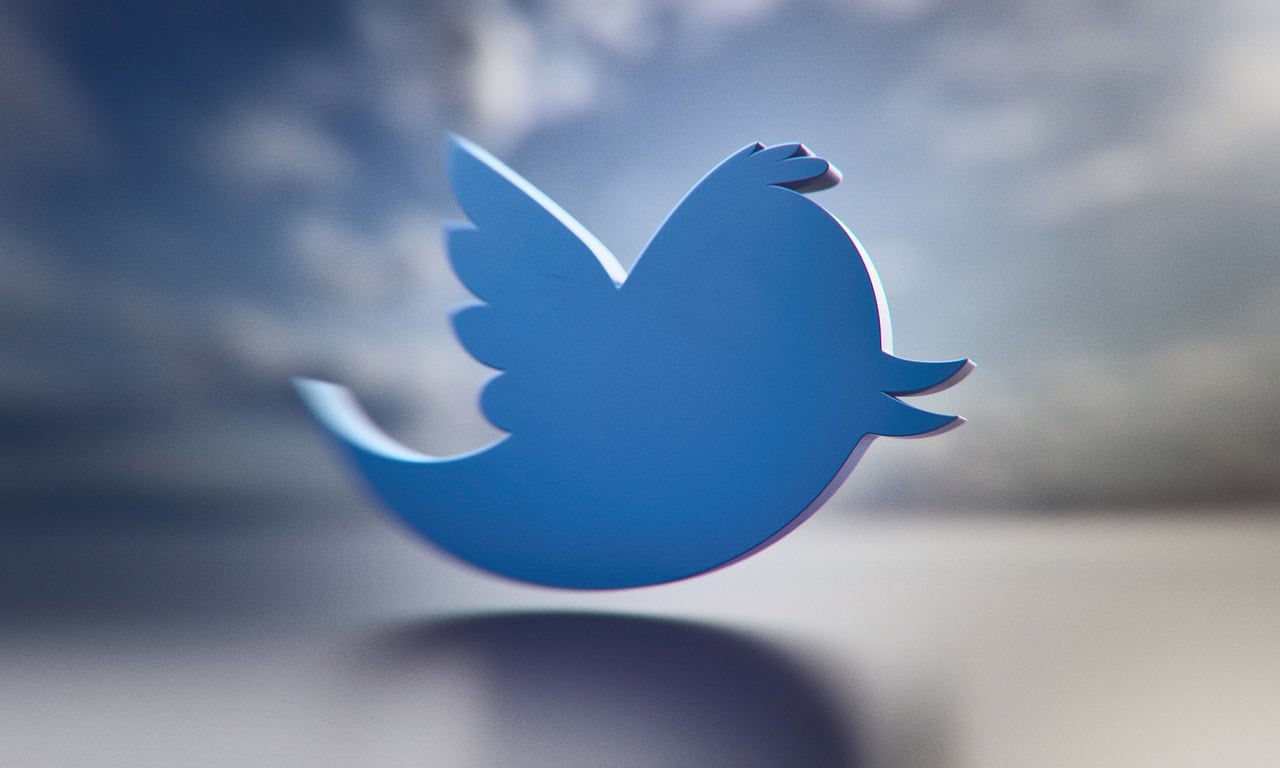Twitter is a good place to get your first hands-on experience building a social media brand from scratch. It’s simple and robust, yet offers plenty of ways to monetize your traffic once those tweets start reeling in followers.
If you’re consistent, considerate, and committed to building an audience, there’s no reason why it wouldn’t work.
Using its powerful hashtag feature, your profile can quickly gain new followers using Twitter’s new “For You” tab, which highlights particularly relevant content to users based on which hashtags they follow, what they like, which links or profiles they visit, and what keywords are used most frequently in their tweets.
Twitter Profile Creation Checklist–or paragraph
Have you already thought of a good name for your brand, designed a logo (even a free one), or perhaps even bought a domain? Great, that means you’ve already spent considerable time mulling this idea over in your head, good for you! It’s time to keep going until you make it happen.
Aside from the basic items you’ll need to check when creating your Twitter profile, you’ll want to make sure to be prepared when it comes to churning out content to engage and attract visitors.
Basic Requirements for a Twitter page
When it comes to building an engaged and connected Twitter following, there are several things that must not be overlooked simply because it is too much work or there aren’t enough resources available.
- Brand name: you’ll need a memorable label name to make it easier for users to find and remember you. If you’ve already found your niche and have a few ideas, try mixing in a keyword that’s relevant to your space, make it catchy, and make it snazzy. You will use your brand name across your Twitter username, your profile name, or anywhere else where the label is applicable. Consider buying a domain name if you’re truly serious.
- Logo: having a logo is nice. Having a logo that represents your brand is excellent. There are free resources out there you can use to mix and match logos until you find the one that’s right. Find one.
- Brand mission/purpose: how will your brand help the world? Think carefully about what you want your brand to “sound like”, look like, smell, or taste like. When you do this, creating small blurbs that describe your brand (profile bios) will come naturally so you won’t waste time creating them. You can also use AI resources such as ChatGPT to find inspiration.
Now that you have these three basic items checked, it’s time to move on to actual strategy.
